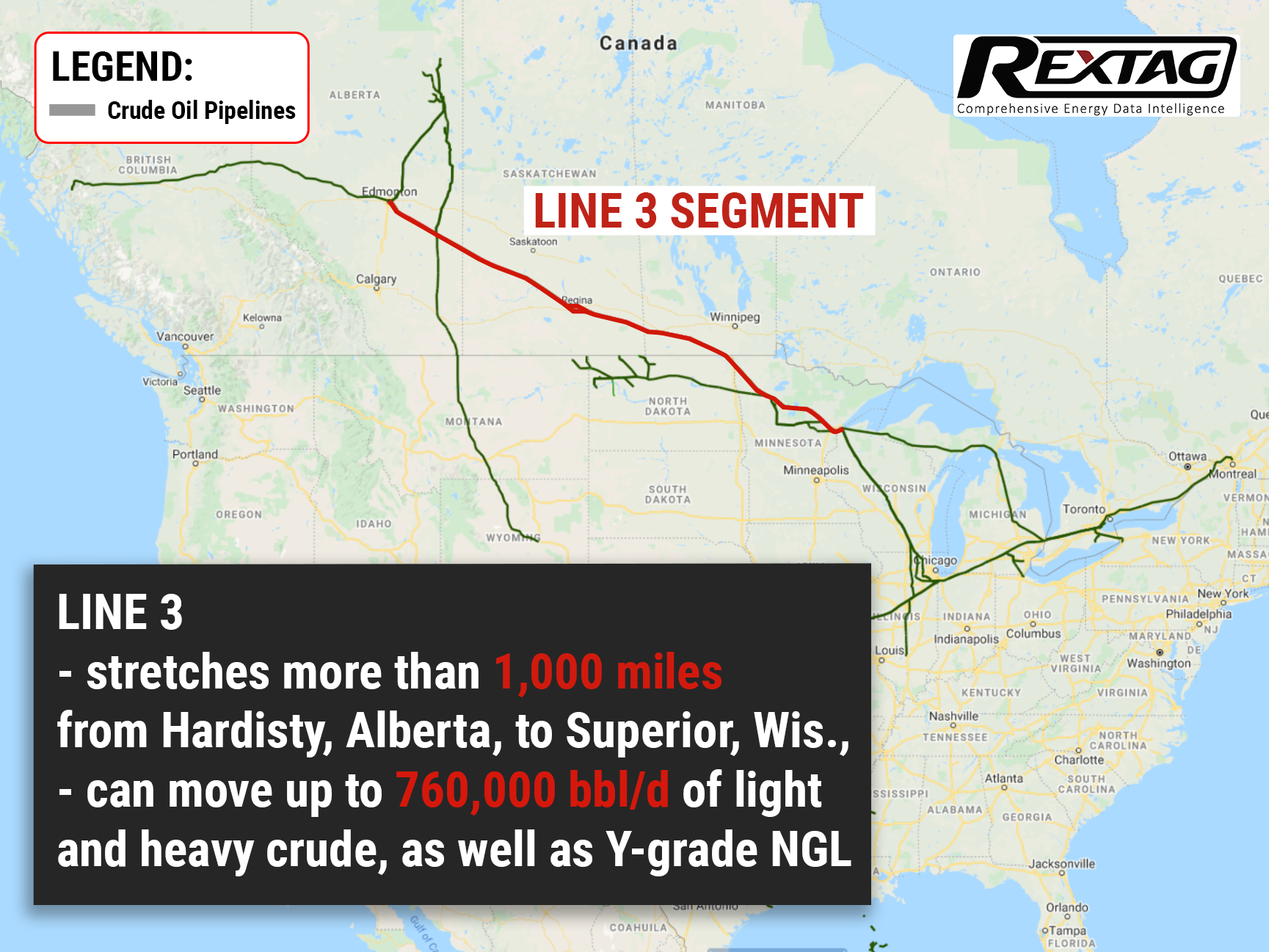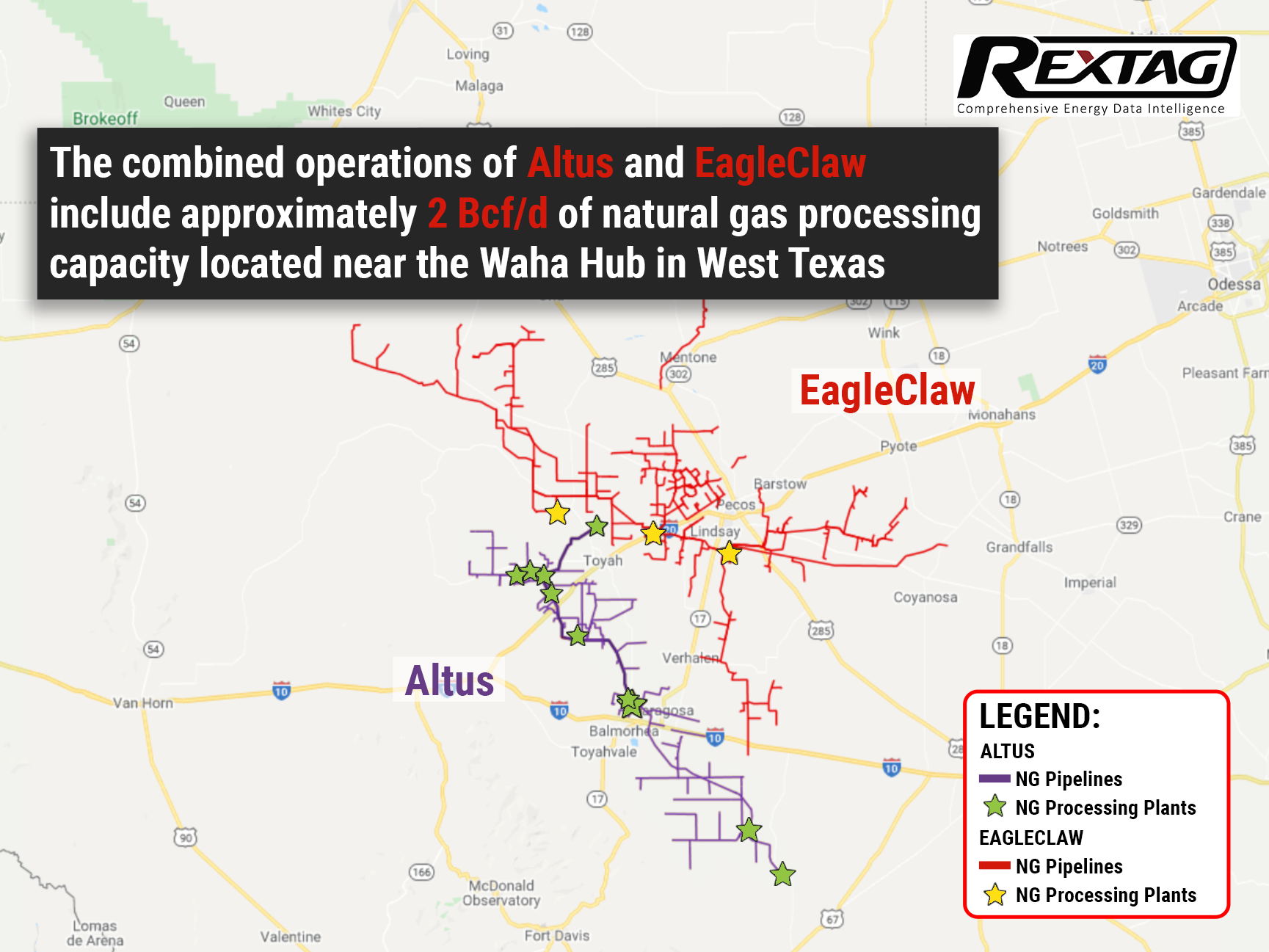Blog
Since days when shale oil and gas technologies were discovered, the U.S. energy industry has been evolving more rapidly than ever before. Many changes are amazing especially when you put them on an industry map. At Rextag not only do we keep you aware of major projects such as pipelines or LNG terminals placed in service. Even less significant news are still important to us, be it new wells drilled or processing plants put to regular maintenance.
Daily improvements often come unnoticed but you can still follow these together with us. Our main input is to “clip it” to the related map: map of crude oil refineries or that of natural gas compressor stations. Where do you get and follow your important industry news? Maybe you are subscribed to your favorite social media feeds or industry journals. Whatever your choice is, you are looking for the story. What happened? Who made it happen? WHY does this matter? (Remember, it is all about ‘What’s in It For Me’ (WIIFM) principle).
How Rextag blog helps? Here we are concerned with looking at things both CLOSELY and FROM A DISTANCE.
"Looking closely" means reflecting where exactly the object is located.
"From a distance" means helping you see a broader picture.
New power plant added in North-East? See exactly what kind of transmission lines approach it and where do they go. Are there other power plants around? GIS data do not come as a mere dot on a map. We collect so many additional data attributes: operator and owner records, physical parameters and production data. Sometimes you will be lucky to grab some specific area maps we share on our blog. Often, there is data behind it as well. Who are top midstream operators in Permian this year? What mileage falls to the share or Kinder Morgan in the San-Juan basin? Do you know? Do you want to know?
All right, then let us see WHERE things happen. Read this blog, capture the energy infrastructure mapped and stay aware with Rextag data!
Targa Resources: $3.55 Billion Cash Transaction to Acquire Lucid Energy
On June 16 Targa Resources Corp. decided to acquire Lucid Energy Group, located in the Permian Basin, which is a part of Riverstone Holdings LLC and Goldman Sachs Asset Management. Firstly, Targa enlarged due to the recent “blot-on” acquisition of Southcross Energy in the Eagle Ford for $200 million and it will become bigger thanks to the $3.55 billion cash transaction. Targa’s financial position allowed it to utilize convenient opportunities to extend its company so it bought #Lucid using available cash and debt with an estimated pro forma year-end 2022 leverage around 3.5 times. According to Targa’s estimates, the acquisition of Lucid will increase the number of natural gas pipelines by 1,050 miles and add about 1.4 Bcf/d of cryogenic natural gas processing capacity in service or under construction located mainly in Eddy and Lea counties of New Mexico. The investment-grade producers source approximately 70% of current system volumes. According to the press release, a full-year standalone adjusted EBITDA is expected to be between $2.675 billion and $2.775 billion and reported year-end leverage ratio of about 2.7 times. Targa’s updated financial expectations assume NGL composite prices average $1.05 per gallon, crude oil prices average $100/bbl, and Waha natural gas prices average $6 per MMBtu for the remainder of 2022.
Delays Are Finally Over: Enbridge Reports Strong Third Quarter 2021
Enbridge Inc. finally delivered on several of its long-overdue promises, including the $4 billion Line3 Replacement project. Which consisted of replacing an existing 34-inch pipe with a new 36-inch one for 13 miles in North Dakota, 337 miles in Minnesota, and 14 miles in Wisconsin. Midstream companies, in general, had a stunning Q3. It was the first quarter in two years that no midstream index members cut their dividends.
Apache's Altus Midstream to Merge with EagleClaw in All-stock Deal
Altus Midstream and EagleClaw Midstream agreed to combine operations in order to become the meanest midstream player in the Permian Basin! Following this merger, Altus will become the largest natural gas processor in the Delaware Basin, as well as the third-largest for the entire Permian Basin.


